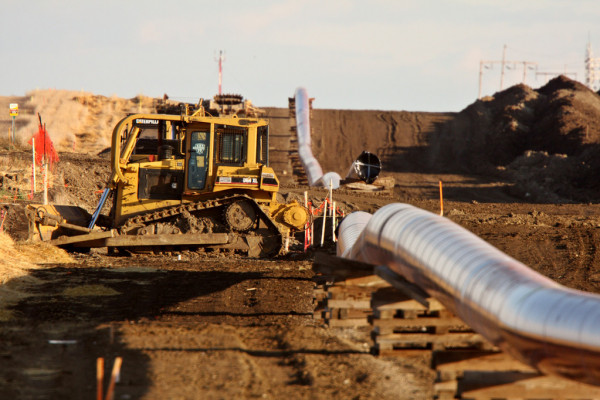The Dakota Access Pipeline (DAP) will continue operating after months of serious hurdles with environmental groups. This Friday, a U.S. federal judge denied the petition for the pipeline to be shut, after an environmental permit was scrapped, last year; according to a report by Reuters.
Firstly, as we reported previously the controversy over the Dakota Access Pipeline dates for at least four years ago. It is a 570,000 barrel per day midstream asset, that runs out of North Dakota, through Missouri, underneath a river reservoir.
Secondly, its operator Energy Transfer, considered an expansion to 750,000 barrels a day; this ambitious plan was simultaneous to the legal fight progressing in two federal courts. Nevertheless, the DAP provides clarity to the market, especially after continued disruptions from the covid-19, and even cyberattacks.
Thirdly, the asset came online in 2017 and to its commercial date followed months of protests and arguments of environmental groups and Native American Tribes, who argued the pipeline had destroyed sacred sites and had endangered the Lake Oahe.
Moreover, the pipeline had a permit from the U.S. Army Corps of Engineers, allowing the project to operate, although another essential federal license was lacking. After months of hurdles, Washington-based U.S. District Judge James Boasberg denied a request for an injunction to shut the pipeline.
Also recommended for you: U.S. oil and gas rigs increase for the fourth week in a row – Baker Hughes. Click here to read.
Dakota Access Pipeline to receive new review on 2022
Indeed, the judge’s ruling said that the Native American Tribes did not made clear how the assets endangered the lake, or how it made irreparable injury to their sites. Now, the U.S. Army Corps will complete a second environmental review of the line around March 2022.
On the other hand, the pipe’s operator, Energy Transfer, argued that they had complied with all regulatory requirements, and that there was no reason for the pipe to be shut. However, last year, Judge Boasberg did rule on the pipeline; he considered the portion that undergoes the Lake needed a full review.
Furthermore, he agreed. “The Court acknowledges the Tribes’ plight; as well as their understandable frustration with a political process in which they all too often seem to come up just short.”
Finally, the group Earthjustice, which represents the Standing Rock tribe in the lawsuit, said in a statement. “We believe the Dakota Access Pipeline is too dangerous to operate; and should be shuttered while environmental and safety implications are studied; but despite our best efforts, today’s injunction was not granted.”


